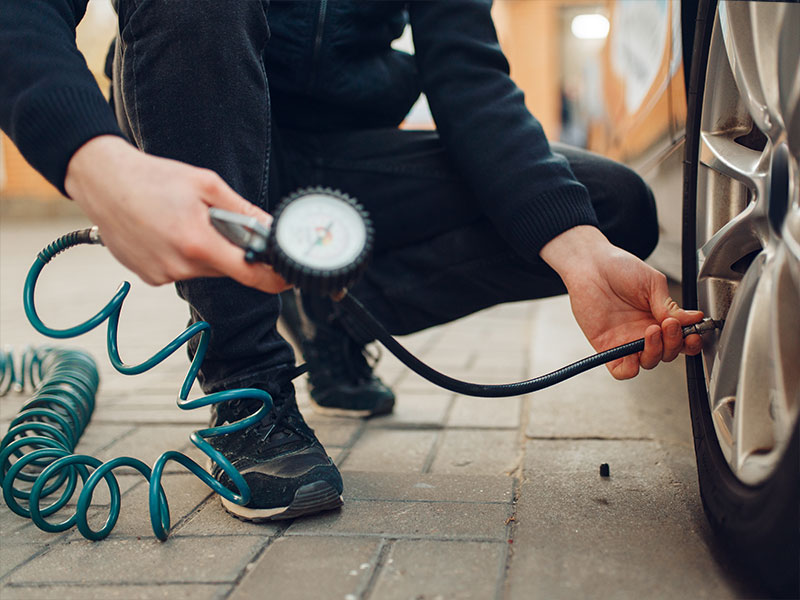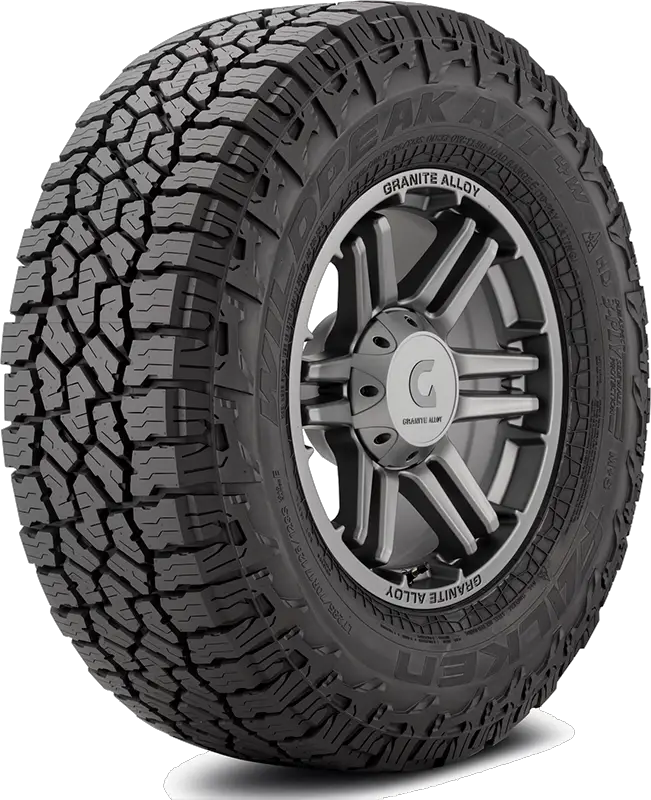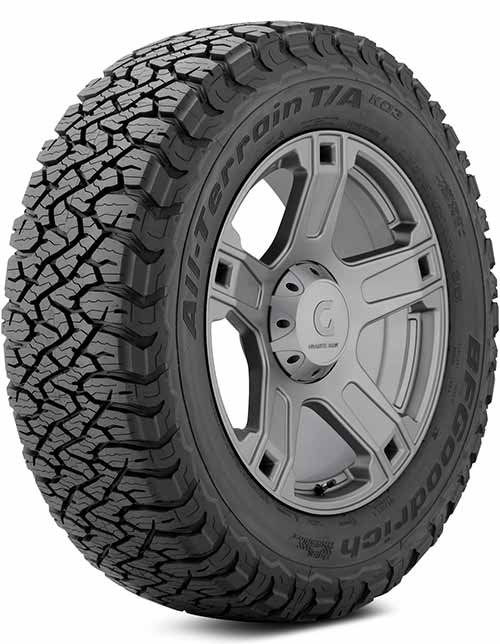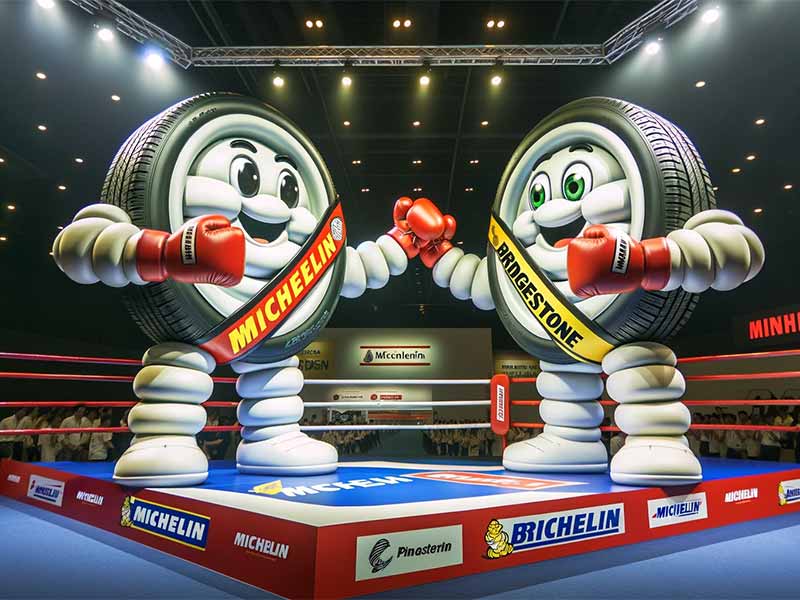Have you ever wondered exactly how much air should be in your tires, or why it even matters? Getting tire pressure right is more than just a routine check; it’s about ensuring safety, efficiency, and the longevity of your tires.
Recommended Tire Pressure
The tire pressure for most vehicles ranges between 30 and 35 PSI. The tire information sticker in the driver’s door jamb or owner’s manual is the most accurate air pressure to use.
In this article, you will find comprehensive guidance on understanding, checking, and adjusting your tire pressure, along with insights into how temperature affects it and why it’s crucial for your vehicle.
Understanding Tire Pressure Basics
At its core, tire pressure is the amount of air in your car’s tires, measured in pounds per square inch (PSI). It’s not just about keeping the tires inflated; it’s about ensuring they have the right amount of air for your vehicle’s needs.
Max vs. Recommended Tire Pressure
- Max Pressure: This is the maximum pressure a tire can hold, not necessarily what your vehicle requires. It’s crucial not to confuse this with the recommended pressure.
- Recommended Pressure: Set by the vehicle manufacturer, this is the optimal pressure for your specific vehicle model, considering weight, handling, and other factors.
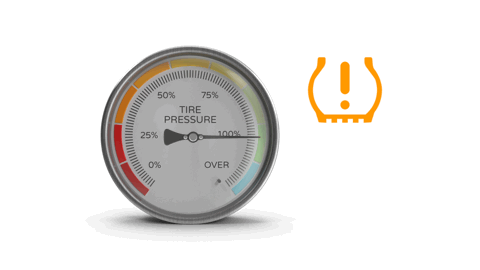
Tire Pressure Monitoring Systems (TPMS)
Many modern vehicles come equipped with a TPMS, which alerts you when your tire pressure is low. This feature is a great tool for maintaining tire health and safety. To understand more about how TPMS works, check out this detailed explanation.
In our next section, we’ll explore the consequences of not keeping your tire pressure in check. Stay tuned for insights on what happens if your tire pressure is too high or too low, and the balance between max tire pressure and recommended tire pressure.
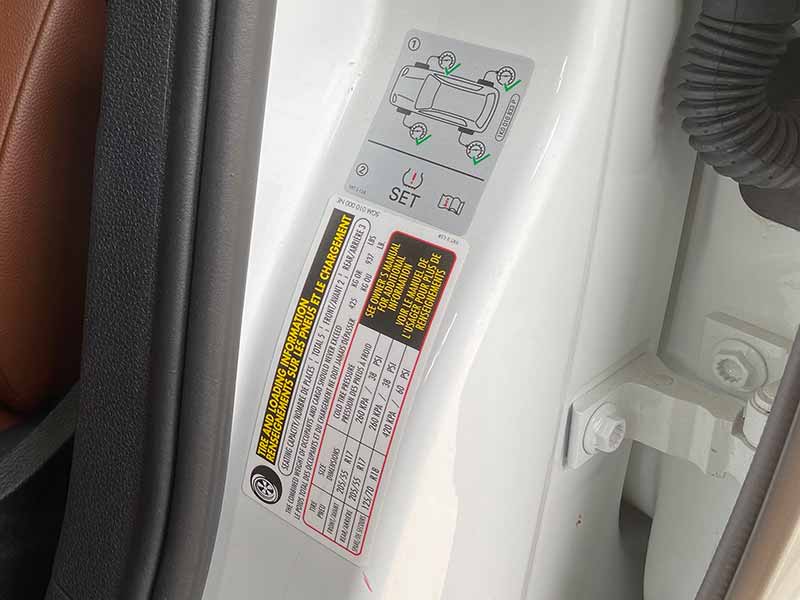
Finding and Maintaining the Right Pressure
Ensuring your tires are at the correct pressure is a critical aspect of car maintenance. Here’s how you can find and maintain the right pressure for your vehicle.
Locating the Recommended Tire Pressure
- Vehicle’s Owner Manual: This is your go-to resource for specific information about your vehicle, including tire pressure.
- Tire Information Placard: Usually found on the driver’s side door jamb, this placard provides the recommended PSI for your tires.
Tips for Regularly Checking and Adjusting Tire Pressure
- Regular Checks: Make it a habit to check your tire pressure monthly and before long trips or carrying extra load.
- Use a Quality Tire Pressure Gauge: Invest in a reliable gauge for accurate readings.
- Morning Checks: Check tire pressure when the tires are cold (i.e., in the morning) for the most accurate reading.
- Post-Adjustment Check: After adjusting the tire pressure, drive a short distance and recheck to ensure accuracy.
How Does Temperature Affect Tire Pressure?
Temperature changes have a significant impact on tire pressure. For every 10 degrees Fahrenheit change in temperature, tire pressure can vary by about 1 PSI. In colder weather, air contracts, leading to lower tire pressure, while in warmer conditions, air expands, increasing tire pressure.
This fluctuation can affect handling, fuel efficiency, and tire wear. It’s crucial to check and adjust tire pressure with the changing seasons, especially during extreme temperature shifts, to ensure your tires are operating within the recommended pressure range.
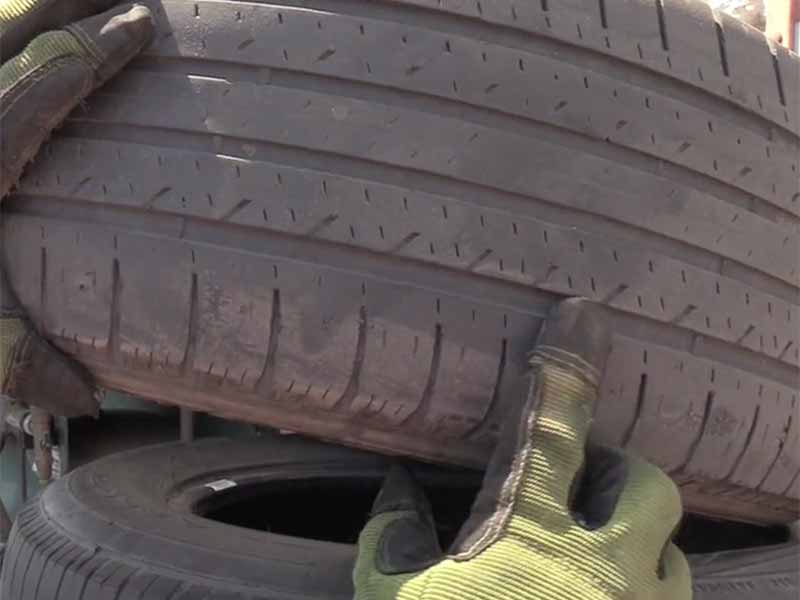
The Consequences of Incorrect Tire Pressure
Maintaining the correct tire pressure isn’t just a recommendation; it’s a necessity for safe and efficient driving. In this section, we’ll delve into what happens when tire pressure is too high or too low and the implications of max tire pressure versus recommended tire pressure.
High Tire Pressure: Risks and Effects
- Compromised Grip: Over-inflation can reduce the tire’s contact area with the road, leading to decreased grip and longer braking distances.
- Increased Wear and Tear: Too much pressure can cause the middle section of the tire to wear out faster.
- Ride Comfort and Damage: A tire filled beyond its recommended pressure can result in a harsher ride and make the tire more susceptible to damage from road imperfections.
Low Tire Pressure: Dangers and Consequences
- Reduced Fuel Efficiency: Under-inflated tires create more rolling resistance, leading to higher fuel consumption.
- Handling and Control Issues: A tire with too little air can negatively affect handling and increase the risk of tire failure.
- Uneven and Accelerated Wear: Low tire pressure often leads to uneven tire wear, particularly on the tire’s edges. This not only shortens tire life but can also be a safety hazard. Discover more about tire maintenance and safety.
FAQs and Common Misconceptions about Tire Pressure
Tire pressure is a topic surrounded by questions and myths. Let’s clear up some common misunderstandings and provide answers to frequently asked questions.
Debunking Myths and Clarifying Facts
- Myth: “A little under-inflation is not a big deal.”
- Fact: Even slightly under-inflated tires can impact fuel efficiency and safety.
- Myth: “The maximum pressure on the tire sidewall is the recommended pressure.”
- Fact: This is the max pressure the tire can handle, not the recommended level for your vehicle.
Answering Common Questions
- Q: How often should I check my tire pressure?
- A: Monthly checks are ideal, along with checks before long journeys.
- Q: Can weather affect tire pressure?
- A: Yes, tire pressure can decrease in colder temperatures and increase in warmer conditions.
- Q: Should all my tires have the same pressure?
- A: It depends on your vehicle. Refer to the owner’s manual or tire placard for specific recommendations.
A few pounds over or under the recommended tire pressure isn’t a deal breaker.
TireGrades Expert Tip
But I’ve seen first hand that relying on your tire pressure monitoring system to alert you to low pressure is too late to ensure even tire wear.
How Important Is Tire Pressure?
Tire pressure is a critical aspect of vehicle maintenance that significantly impacts safety, performance, and cost-efficiency. Properly inflated tires ensure optimal contact with the road, enhancing safety through improved handling and braking.
They also contribute to fuel efficiency by reducing rolling resistance. Additionally, correct tire pressure is essential for even tire wear, prolonging tire life and preventing premature replacement.
Neglecting tire pressure can lead to increased fuel consumption, reduced tire life, and in extreme cases, tire blowouts, posing serious safety risks. Therefore, regularly checking and maintaining the correct tire pressure is a simple yet vital practice for every vehicle owner.

How To Check Tire Pressure?
Checking tire pressure is a simple, yet essential task for maintaining your vehicle. Here’s a quick guide:
- Find a Reliable Tire Pressure Gauge: Choose a digital or standard gauge that you trust.
- Locate Your Vehicle’s Recommended Pressure: This information is usually found on the tire placard on the driver’s side door jamb or in the owner’s manual.
- Check Tires When Cold: For the most accurate reading, check the tires when they haven’t been driven for at least three hours.
- Remove the Valve Cap and Measure: Press the gauge onto the tire’s valve stem and read the pressure.
- Adjust if Necessary: Inflate or deflate the tires to match the recommended pressure.
- Replace the Valve Cap: Don’t forget to replace the valve cap to protect the valve from dust and dirt.

How To Adjust Tire Pressure
Adjusting tire pressure is a straightforward process:
- Find the Correct Pressure: Check your vehicle’s manual or the tire placard for the recommended PSI.
- Use a Tire Pressure Gauge: Check current tire pressure with a reliable gauge.
- Inflate or Deflate to Adjust:
- If the pressure is too low, use an air compressor to inflate the tire to the correct level.
- If the pressure is too high, gently release air until it reaches the recommended level.
- Recheck the Pressure: After adjusting, recheck with your gauge to ensure accuracy.
- Replace Valve Caps: Always replace the valve caps to protect the valves from debris and moisture.
Resources
Below are some links you may find helpful when learning about tires
- How Much Air Should You Put In Your Tires? – Nationwide
- How Do I Find The Correct Tire Pressure For My Car? – Cars.com
Final Thoughts
Maintaining the correct tire pressure is key to ensuring your vehicle’s safety, optimal performance, and longevity of your tires.
Regular checks and adjustments, aligned with your vehicle’s specific recommendations, will help you achieve better fuel efficiency, enhanced driving comfort, and reduce the risk of tire wear and accidents.
Understanding the impact of temperature on tire pressure and adapting accordingly is also crucial.
Good luck and happy motoring.
